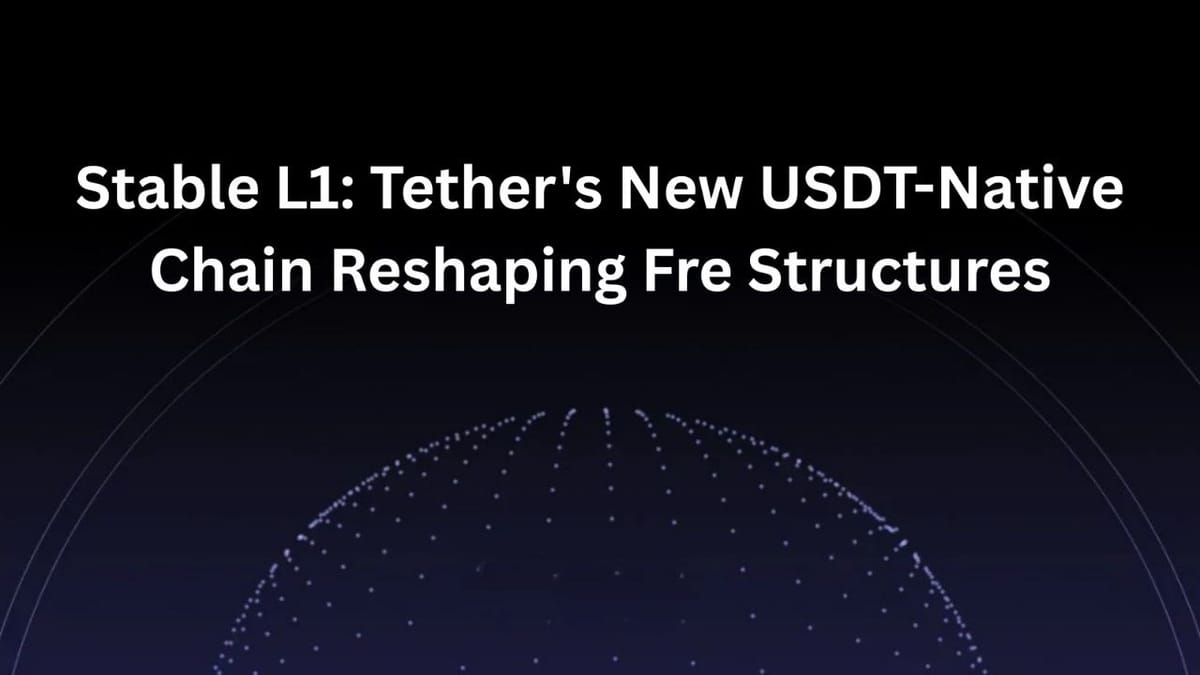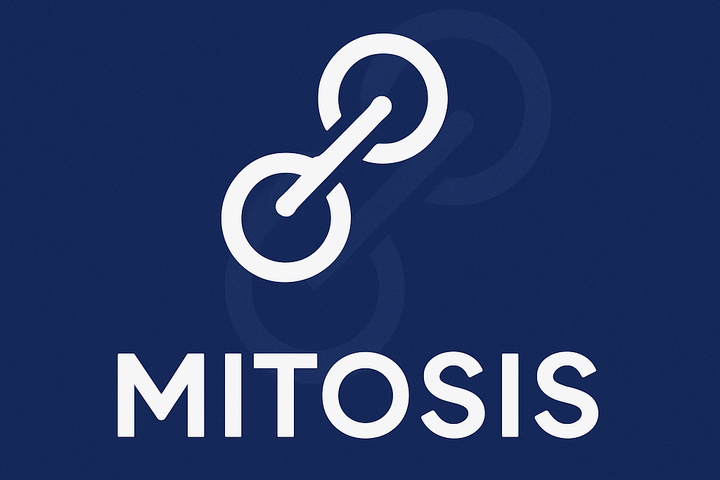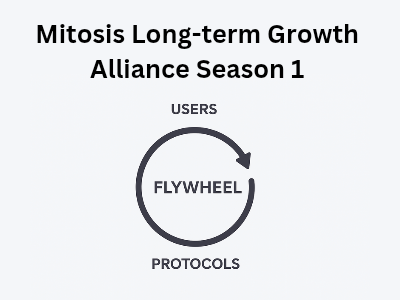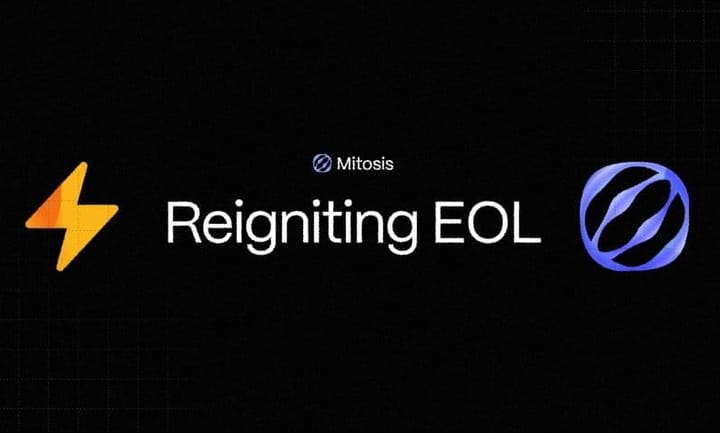Stable L1: Tether's New USDT-Native Chain Reshaping Fee Structures

Introduction
In the rapidly evolving landscape of blockchain technology, Tether has emerged as a significant player, particularly with its stablecoin, USDT. As the cryptocurrency market matures, the need for stable and efficient transaction mechanisms has become increasingly apparent. Tether's introduction of a USDT-native chain, referred to as Stable L1, is poised to reshape fee structures in the blockchain ecosystem. This article delves into the implications of using USDT as gas fees, the benefits of zero-fee peer-to-peer (P2P) transfers, and the introduction of a software development kit (SDK) in the testnet phase.
1. Understanding Tether and USDT
Tether (USDT) is a stablecoin that aims to maintain a 1:1 peg with the US dollar. It is widely used in the cryptocurrency market for trading, remittances, and as a store of value. Unlike traditional cryptocurrencies, which can experience significant price volatility, USDT provides a stable alternative, making it an attractive option for both retail and institutional investors.
1.1 The Need for Stability in Blockchain Transactions
One of the primary challenges in the blockchain space is the volatility of native tokens used for transaction fees, commonly referred to as "gas fees." In many blockchain networks, users must pay these fees in the network's native cryptocurrency, which can fluctuate dramatically in value. This volatility can lead to unpredictable transaction costs, making it difficult for institutions to budget and plan their operations effectively.
2. The USDT-Native Chain: A Game Changer
Tether's new USDT-native chain addresses these challenges by allowing users to pay gas fees in USDT. This innovation offers several advantages:
1. Stability in Transaction Costs
By using USDT as gas fees, institutions can avoid the volatility associated with native tokens. This stability is crucial for businesses that require predictable transaction costs for budgeting and financial planning. For example, if a company needs to execute a series of transactions, knowing that the fees will remain stable allows for more accurate forecasting.
2. Enhanced User Experience
The introduction of a USDT-native chain simplifies the user experience. Users no longer need to convert their assets into a native token to pay for transaction fees. This streamlining reduces friction in the transaction process, making it more accessible for users who may not be familiar with the intricacies of cryptocurrency exchanges.
3. Broader Adoption of Blockchain Technology
The stability and ease of use provided by the USDT-native chain can encourage broader adoption of blockchain technology among institutions. As businesses become more comfortable with the predictable costs associated with USDT transactions, they may be more inclined to explore blockchain solutions for their operations.
3. Zero-Fee P2P Transfers
In addition to the stability offered by USDT as gas fees, Tether is also introducing zero-fee P2P transfers. This feature is particularly significant for users who frequently engage in peer-to-peer transactions.
1. Cost Savings for Users
Zero-fee P2P transfers eliminate the costs associated with sending funds between users. This feature is especially beneficial for individuals and businesses that rely on frequent transactions, such as remittances or microtransactions. By removing transaction fees, Tether is making it more economical for users to transfer value.
2. Encouraging Microtransactions
The absence of fees can also facilitate microtransactions, which are often impractical in traditional financial systems due to high transaction costs. With zero-fee P2P transfers, users can send small amounts of USDT without worrying about losing a significant portion of their funds to fees. This capability opens up new possibilities for applications in various sectors, including gaming, content creation, and online services.
3. Strengthening the Ecosystem
Zero-fee P2P transfers can help strengthen the Tether ecosystem by encouraging more users to engage with the platform. As more individuals utilize Tether for their transactions, the overall liquidity and utility of USDT will increase, further solidifying its position in the market.
4. The SDK in Testnet Phase
To facilitate the development of applications on the USDT-native chain, Tether is introducing a software development kit (SDK) in the testnet phase. This SDK will provide developers with the tools they need to build and deploy applications that leverage the unique features of the USDT-native chain.
1. Empowering Developers
The SDK will empower developers by providing them with a comprehensive set of resources, including documentation, libraries, and sample code. This support will enable developers to create innovative applications that can take advantage of the stability and zero-fee transactions offered by the USDT-native chain.
2. Fostering Innovation
By making it easier for developers to build on the USDT-native chain, Tether is fostering innovation within the blockchain ecosystem. As more applications are developed, the utility of USDT will expand, attracting a wider range of users and use cases.
3. Encouraging Collaboration
The introduction of the SDK also encourages collaboration among developers. By providing a common framework for building applications, Tether is creating an environment where developers can share ideas, collaborate on projects, and contribute to the growth of the ecosystem.
5. Implications for the Broader Cryptocurrency Market
Tether's USDT-native chain has the potential to impact the broader cryptocurrency market in several ways:
1. Increased Competition
As Tether introduces its USDT-native chain, other blockchain projects may feel pressure to innovate and improve their fee structures. This competition can lead to advancements in technology and user experience across the industry.
2. Shifting User Preferences
The stability and cost-effectiveness of the USDT-native chain may lead users to prefer Tether over other blockchain solutions. As more users gravitate toward Tether, it could reshape the dynamics of the cryptocurrency market, influencing the adoption of other stablecoins and blockchain platforms.
3. Regulatory Considerations
As Tether continues to expand its offerings, regulatory scrutiny may increase. Regulators are paying closer attention to stablecoins and their impact on the financial system. Tether's ability to maintain transparency and compliance will be crucial in navigating this evolving regulatory landscape.
Conclusion
Tether's introduction of a USDT-native chain represents a significant advancement in the blockchain space. By allowing users to pay gas fees in USDT, the company is addressing the challenges of volatility and unpredictability in transaction costs. The addition of zero-fee P2P transfers and the launch of an SDK in the testnet phase further enhance the appeal of the USDT-native chain.
As Tether continues to innovate and expand its offerings, it is likely to play a pivotal role in shaping the future of blockchain technology. The implications of these developments extend beyond Tether itself, potentially influencing the broader cryptocurrency market and encouraging greater adoption of blockchain solutions among institutions and individuals alike.
Resources for Further Reading
- Tether Launches Stable Blockchain Utilizing USDT as Gas Fees
- First USDT Stablechain Unveiled: Stable Comes out of Stealth
- Tether USDT, Expanding its Stablecoin Empire Starting with USDT0
- What is Tether (USDt), and how does it work? - Cointelegraph
- Native Tether (USDT) launches on Aptos L1 - CryptoRank
- Tether to issue separate stablecoin for U.S. despite ... - CryptoSlate



Comments ()